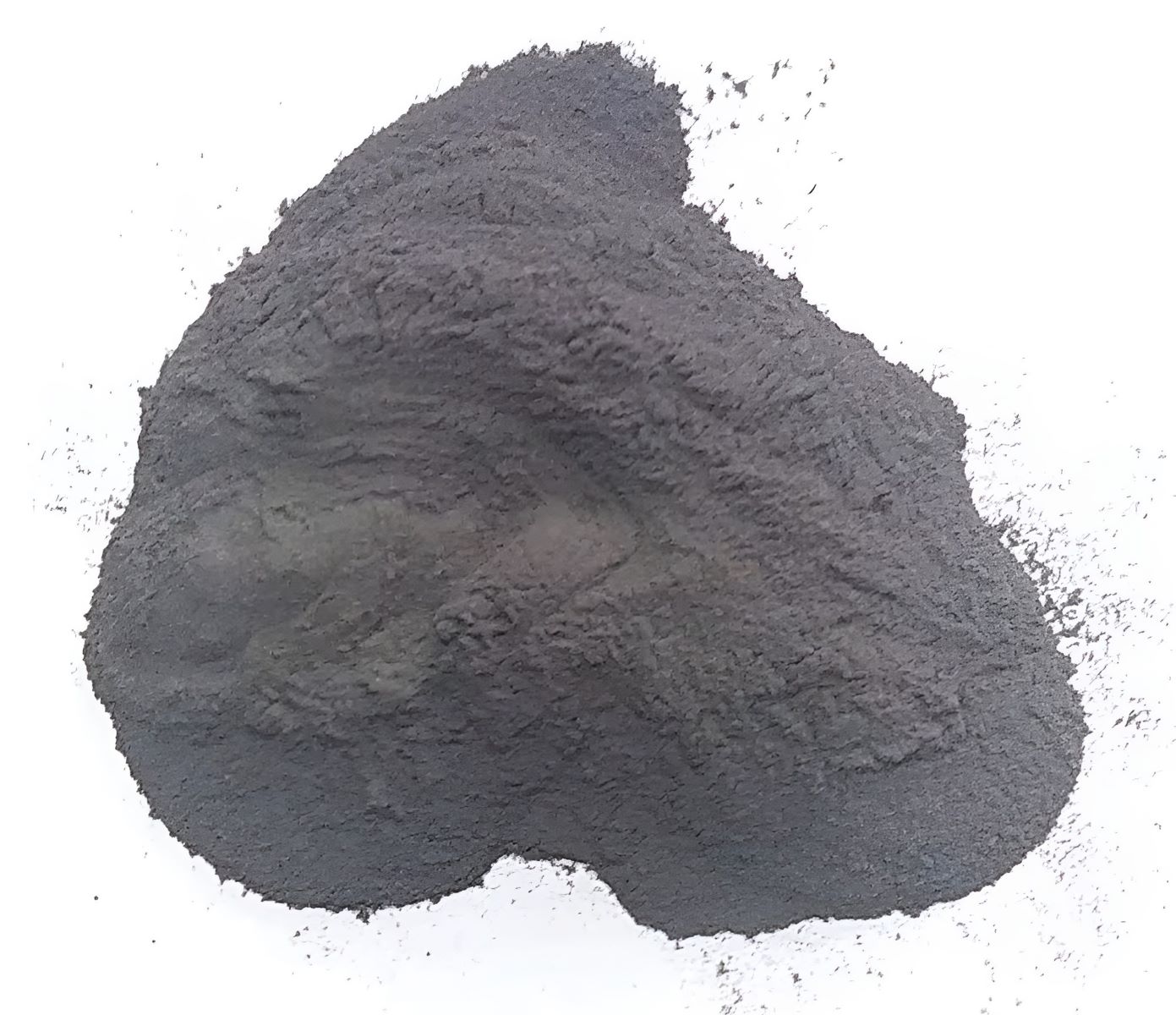
Aluminium diboride is a fascinating compound with a unique set of properties that make it stand out. But what exactly is it? Aluminium diboride (AlB2) is a binary compound of aluminium and boron. Known for its impressive hardness and high melting point, this material is often used in advanced engineering applications. Its structure consists of aluminium atoms interspersed with boron atoms, forming a robust and stable lattice. This compound is not just a scientific curiosity; it has practical uses in various industries, from aerospace to electronics. Curious about what makes aluminium diboride so special? Let's dive into 30 intriguing facts that will shed light on this remarkable material.
Key Takeaways:
- Aluminium diboride is a compound made of aluminium and boron with unique properties like electrical and thermal conductivity. It's used in electronics, abrasives, and protective coatings, and requires proper handling for safety.
- The production of aluminium diboride involves methods like direct synthesis and chemical vapor deposition. It was discovered in the early 20th century and is being researched for potential use in new technologies and nanotechnology.
What is Aluminium Diboride?
Aluminium diboride (AlB2) is a fascinating compound formed by aluminium and boron. It has unique properties that make it useful in various applications. Let's dive into some intriguing facts about this compound.
-
Chemical Formula: Aluminium diboride's chemical formula is AlB2, indicating it consists of aluminium and boron atoms.
-
Crystal Structure: It has a hexagonal crystal structure, similar to that of magnesium diboride.
-
Appearance: This compound appears as a red-brown powder.
-
Density: Aluminium diboride has a density of about 3.19 g/cm³.
-
Melting Point: It has a high melting point of approximately 920°C.
Properties of Aluminium Diboride
Aluminium diboride exhibits several interesting properties that make it stand out in the world of chemistry.
-
Electrical Conductivity: It is a good conductor of electricity, making it useful in electronic applications.
-
Thermal Conductivity: This compound also has excellent thermal conductivity.
-
Hardness: Aluminium diboride is quite hard, contributing to its durability.
-
Magnetic Properties: It is non-magnetic, which can be advantageous in certain applications.
-
Corrosion Resistance: This compound is resistant to corrosion, adding to its longevity.
Uses of Aluminium Diboride
Aluminium diboride's unique properties make it suitable for various industrial and scientific uses.
-
Abrasives: Its hardness makes it useful in abrasive materials.
-
Electronic Components: Due to its electrical conductivity, it is used in electronic components.
-
Thermal Management: Its thermal conductivity makes it ideal for thermal management applications.
-
Protective Coatings: Aluminium diboride is used in protective coatings due to its corrosion resistance.
-
Composite Materials: It is used in composite materials to enhance their properties.
Production of Aluminium Diboride
The production process of aluminium diboride involves specific methods to ensure its purity and quality.
-
Direct Synthesis: It can be synthesized directly by reacting aluminium and boron at high temperatures.
-
Chemical Vapor Deposition: Another method involves chemical vapor deposition, which ensures high purity.
-
Solid-State Reaction: A solid-state reaction between aluminium and boron powders can also produce this compound.
-
Molten Salt Electrolysis: This method involves electrolysis in molten salts to obtain aluminium diboride.
-
Mechanical Alloying: Mechanical alloying of aluminium and boron powders can also produce this compound.
Safety and Handling
Handling aluminium diboride requires certain precautions to ensure safety.
-
Protective Gear: Always wear protective gear, including gloves and goggles, when handling this compound.
-
Ventilation: Ensure proper ventilation in the workspace to avoid inhaling any dust.
-
Storage: Store it in a cool, dry place away from incompatible materials.
-
Disposal: Dispose of aluminium diboride according to local regulations to avoid environmental contamination.
-
First Aid: In case of contact with skin or eyes, rinse immediately with plenty of water and seek medical attention if necessary.
Interesting Facts about Aluminium Diboride
Here are some lesser-known yet fascinating facts about aluminium diboride.
-
Discovery: Aluminium diboride was first discovered in the early 20th century.
-
Research: Ongoing research explores its potential in new technologies, including superconductors.
-
Alloys: It is sometimes used in aluminium alloys to improve their properties.
-
Nanotechnology: Aluminium diboride nanoparticles are being studied for their unique properties.
-
Environmental Impact: It is considered environmentally friendly due to its stability and non-toxicity.
Final Thoughts on Aluminium Diboride
Aluminium Diboride, a compound of aluminium and boron, has some fascinating properties. It’s known for its high hardness, thermal stability, and resistance to oxidation. These qualities make it useful in various industrial applications, including aerospace and electronics. Its ability to withstand extreme temperatures and harsh environments makes it a valuable material for cutting-edge technologies.
Understanding the unique characteristics of Aluminium Diboride can help in appreciating its role in modern advancements. From enhancing the durability of materials to contributing to innovative solutions, this compound plays a crucial part in technological progress.
By exploring these facts, you gain a deeper insight into the significance of Aluminium Diboride. It’s not just a chemical compound; it’s a key player in the development of future technologies. Keep these facts in mind next time you encounter this remarkable material.
Frequently Asked Questions
Was this page helpful?
Our commitment to delivering trustworthy and engaging content is at the heart of what we do. Each fact on our site is contributed by real users like you, bringing a wealth of diverse insights and information. To ensure the highest standards of accuracy and reliability, our dedicated editors meticulously review each submission. This process guarantees that the facts we share are not only fascinating but also credible. Trust in our commitment to quality and authenticity as you explore and learn with us.


